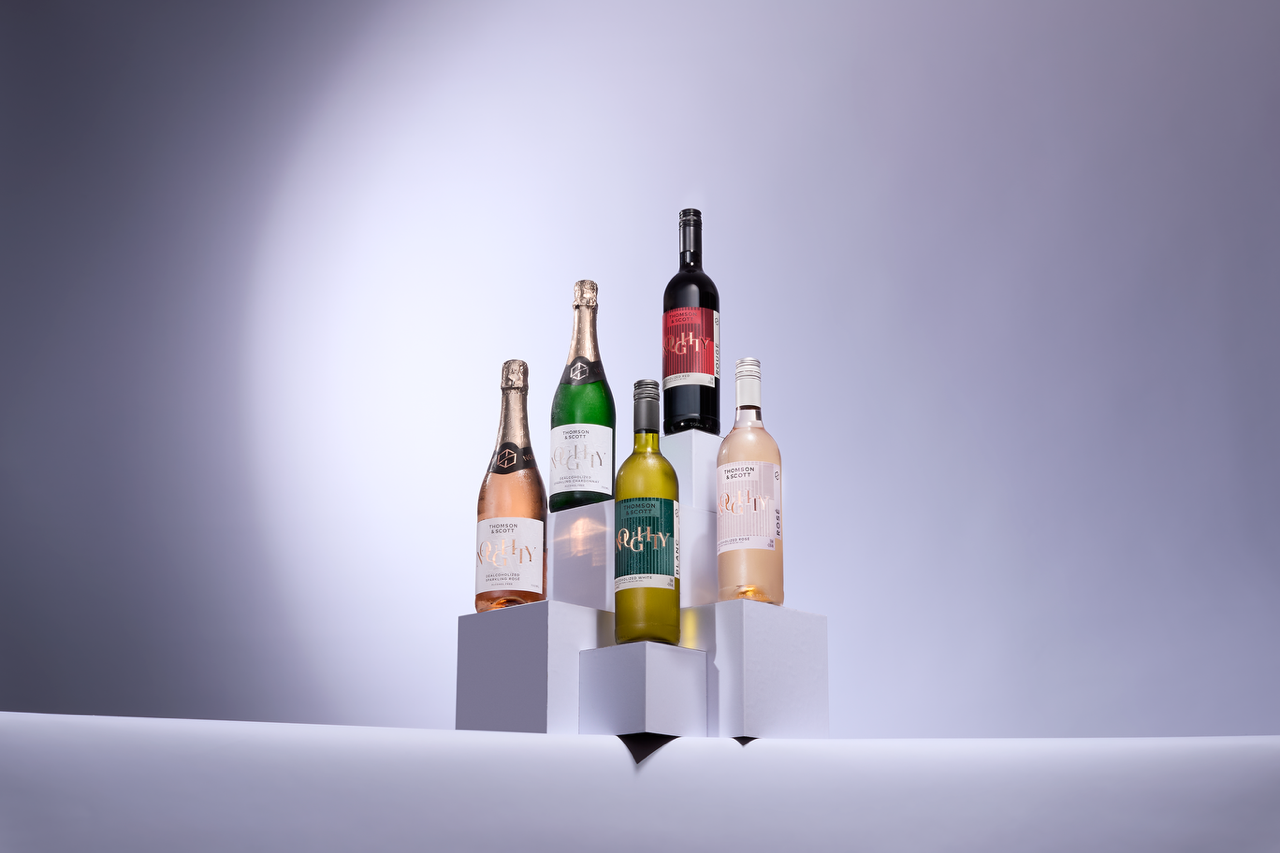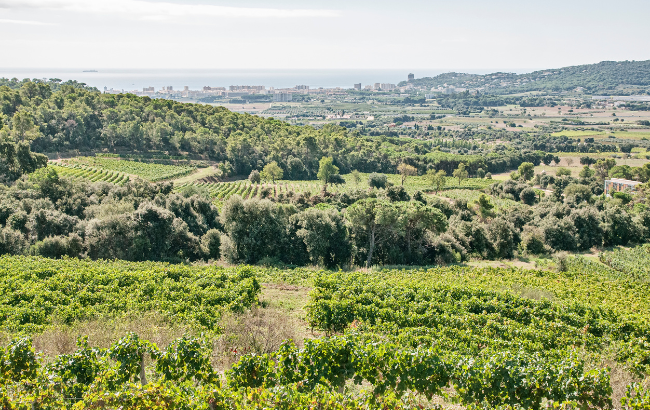This website uses cookies so that we can provide you with the best user experience possible. Cookie information is stored in your browser and performs functions such as recognising you when you return to our website and helping our team to understand which sections of the website you find most interesting and useful.
JD.com withdraws fraudulent Lafite
By Natalie WangChina’s leading e-commerce company, JD.com, has quietly taken down a page where a retailer was trying to sell a Bordeaux wine under the pretence that it was Château Lafite Rothschild.
JD.com has quietly taken down a page selling imitation Lafite after it was exposed. A search on JD.com for “拉菲古堡特制” renders no results.
The counterfeit Lafite found on JD.com Auction used the same Chinese transliterated name for Lafite – 拉菲古堡– – that has over the years come to be associated with the Pauillac estate in Bordeaux.
JD.com’s withdrawal came shortly after both English and Chinese media including dbHK reported that the company was selling a wine that, while it bears the first growth’s five arrow emblem and its Chinese name, is clearly called ‘Chapelle Lafils’ on the label.
By the time of publishing this article, no search results for 拉菲古堡特制 – the name of the counterfeit Lafite a Zhejiang-based Chinese company was using on JD.com – came up on its website or auction section. 拉菲古堡特制 is roughly translated as “Château Lafite Rothschild Special Reserve” in English.
It’s unclear when JD.com took down the wine in question, but it came as a surprise as the e-commerce site launched a round of rebuttal, filing a complaint on China’s popular social media platform WeChat against dbHK last Friday, claiming that “拉菲古堡特制” and “拉菲古堡” are two different brands, and the wine in question has Customs records as proof. WeChat, which is owned by Tencent, a top shareholder of JD.com, however, ruled in favour of dbHK and concluded that JD.com’s complaint is not valid.
Counterfeit wine, according to wine authentication expert Maureen Downey, also includes imitation, misrepresentation of information and intellectual rights infringement, a phenomenon that is particularly acute in Asia.
Lafite has, so far, won a few cases in China after suing companies for misusing their names and emblem to deliberately mislead consumers and engage in unfair competition. The first growth registered trademark for its name “Lafite” in China in 1996 and its five arrow symbol in 2001. However, it’s still locked in a legal battle with a Nanjing company over the trademark for its transliterated Chinese name – 拉菲.
Partner Content
The fact that up until now Château Lafite Rothschild still does not legally own its Chinese name’s trademark created a loophole for fraudsters to sell lookalike wines under the first growth’s Chinese name to mislead buyers. There have been a range of Lafite rip-offs uncovered in China market over the years.
Speaking to dbHK, Thomas Jullien from the Bordeaux Wine Council based in Hong Kong urged wineries to register their trademarks not only in Latin letters but also in Chinese characters to avoid lengthy lawsuits as China follows in general a ‘First Come, First Served’ policy. Australia’s wine giant Treasury Wine Estate’s Penfolds, for example, only recently won a case for its Chinese name ‘奔富’ after years in court.
“The Bordeaux Wine Council uses every opportunity to actively encourage Bordeaux producers and merchants to register their estate / trademark name both in Latin and Chinese characters in the China Trademark Office,” said Jullien.
“Not only is it of paramount importance for those who are already doing business in China but also for those who plan to export their wines there as we know that trademark registering follows the ‘First come, first served’ principle. Trying to recover a trademark already registered by a third party can result in lengthy and uncertain procedures.”





